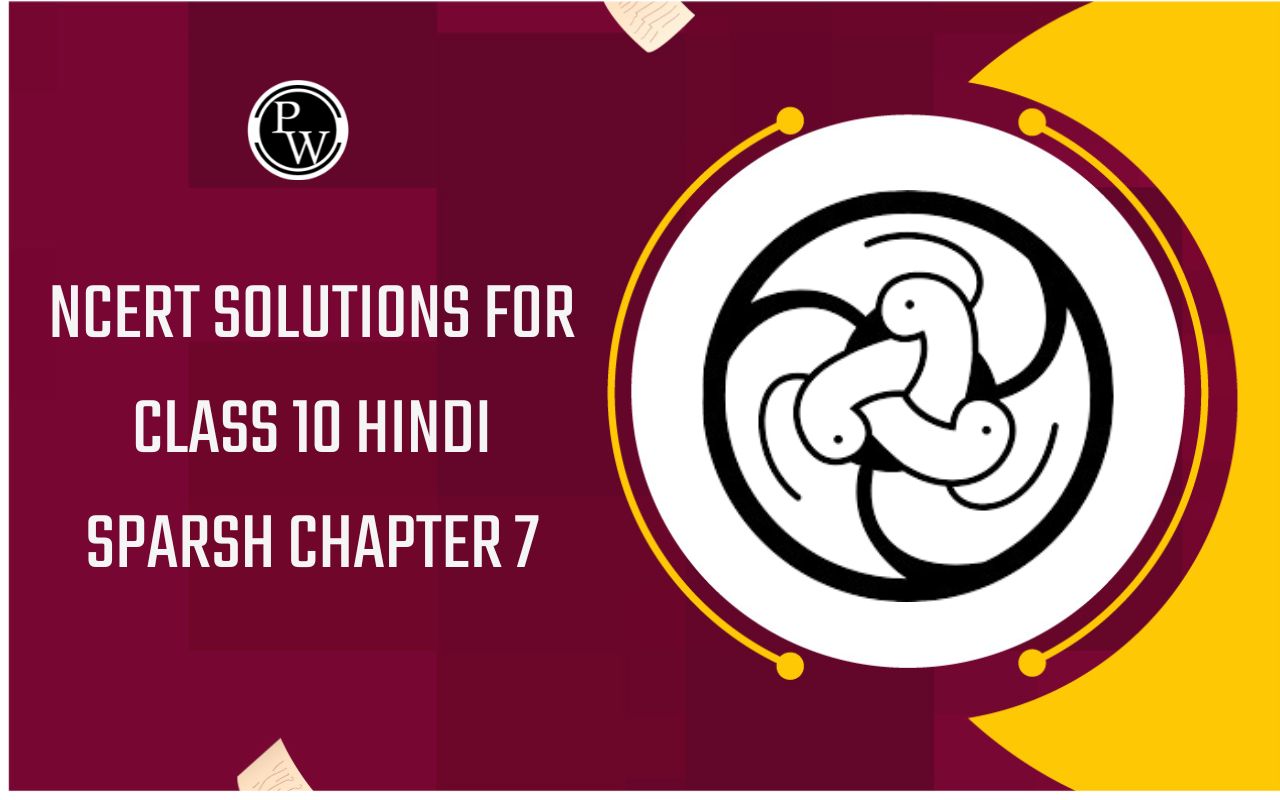
Introduction of Respiratory System
Respiratory System of Class 11
Respiration :
Respiration is the exchange of gases between the atmosphere, blood and cells. It takes place in three basic steps :
(1) Pulmonary ventilation : The first process, pulmonary (pulmo = lung) ventilation, or breathing, is the inspiration (inflow) and expiration (outflow) of air between the atmosphere and the lungs.
(2) External (pulmonary) respiration : This is the exchange of gases between the air spaces of the lungs and blood in pulmonary capillaries. The blood gains O2 and loses CO 2 .
(3) Internal (tissue) respiration : The exchange of gases between blood in systemic capillaries and tissue cells is known as internal (tissue) respiration. The blood loses O 2 and gains CO 2 .
Within cells, the metabolic reactions that consume O 2 and give off CO 2 and give off CO 2 during production of ATP are termed cellular respiration.
Respiration
Respiration is a process which involves intake of oxygen from environment and to deliver it to the cells. It include stepwise oxidation of food in cells with incoming oxygen, elimination of CO 2 produced in oxidation, release of energy during oxidation and storing it in the form of ATP.
(i) Respiratory surface : The surface at which extend of gases (CO 2 and O 2 ) takes place is called respiratory surface. Respiratory surface must be vascular and have enough area for gas exchange. For example – plasma membrane in protozoa, body wall (skin) in annelids, alveocapillary membrane in men.
(ii) Respiratory medium : Oxygen is dissolved in air and water. Thus water and air are source of oxygen for animals and called respiratory medium. Water and air are external respiratory medium. Respiratory medium comes in contact with respiratory surface and gaseous exchange takes place between respiratory medium and blood or any other transport medium through respiratory surface by simple diffusion. Inside the body an internal respiratory medium is also found. This internal respiratory medium is tissue fluid. Cells exchange their gases with tissue fluid through plasma membrane.









